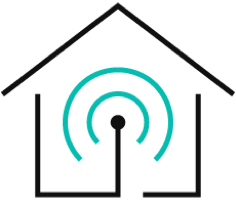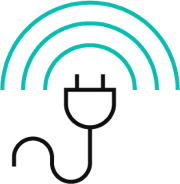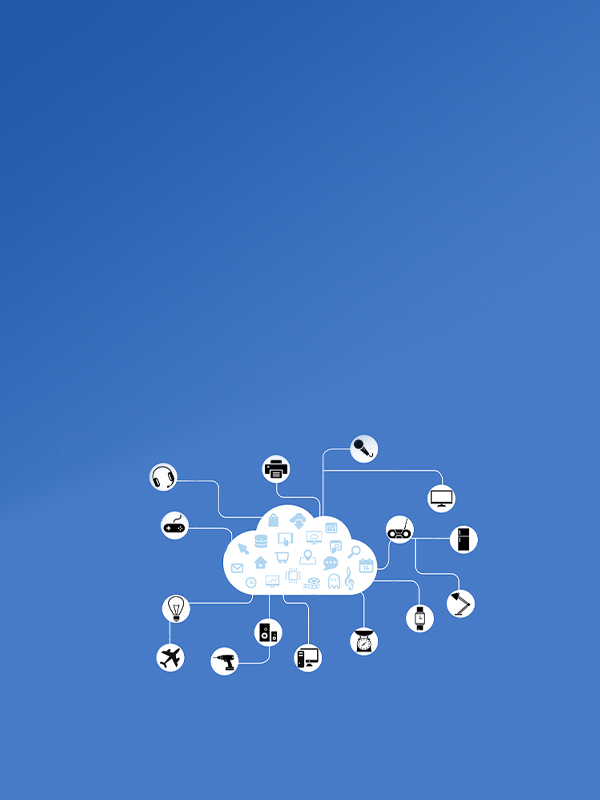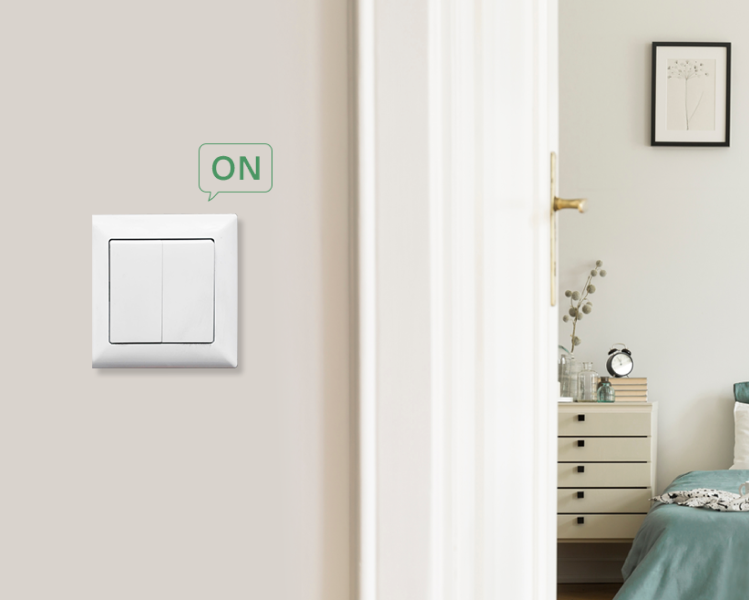An Internet of Things (IoT) smart home system provides you a connected system that lets you set up automation routines and control smart devices from virtually anywhere. When you add Artificial Intelligence (AI) to that system, you get a connected and intelligent system that learns your preferences and act on your behalf to manage your smart home devices. This combination of AI and IoT is called Artificial Intelligence of Things (AIoT)
Do you need AI in your smart home system?
In a typical smart home system, you have a gateway that connects your lights, locks, thermostat, sensors, etc. You can remotely control these devices or manually set up automation routines. When you add AI to this smart home system, you are essentially adding a brain that learns your habits and preferences, and act on your behalf to control these devices in your best interest.
Applications
There are dozens of applications with an AIoT system. Below are just a few examples.
Security
AIoT uses connected cameras and facial recognition technology to differentiate family members and unwanted visitors. When a family member comes home, AI can automatically turn off security mode and unlock the door for this member. On the other hand, if unwanted visitors are detected, AI will sound the siren and immediately alert your family and proper authorities.
Safety
In an AIoT system, AI can utilize various connected devices to keep your family safe. For instance, AI can employ cameras to detect when a child is walking towards the pool or when an elderly fell, and alert you of these activities. It can utilize a gas sensor to detect gas leakage and automatically turn off the stove.
Comfort
AI can use the data from all your connected devices to learn the living habits of every member of the household. When it detects that you’re in your room, it will automatically adjust the brightness, temperature, music, window blinds based on your preferences. When you walk out of the room, it will turn off everything in your room.
AIoT on the Edge or Cloud?
There are pros and cons to whether IoT or AI systems should process the data locally (on the Edge) or over a cloud server. On the one hand, edge computing processes data in real-time. On the other hand, cloud computing gives you flexible computing and storage resources. Instead of listing all the pros and cons, we will focus on the 3 benefits of the AIoT system on the Edge.
Real-time processing
Edge computing processes data in real-time, even in remote locations where there is limited or no Internet connection. In time-sensitive situations (for e.g. gas leakage or a child fell in the pool), any latency could cause a life-or-death situation.
Privacy
Edge computing stores data in your own home. You don’t have to worry about getting hacked when your data is getting transferred to the cloud or having your private information leaked from a cloud server.
Costs
It doesn’t make sense to have all your smart home devices and sensors constantly send data to a cloud server. With AIoT on the Edge, there will be a significant reduction in bandwidth and cloud storage costs.
Learn more
If you want to learn about the Industrial Internet of Things (IIoT), check out this IOT Case Studies















